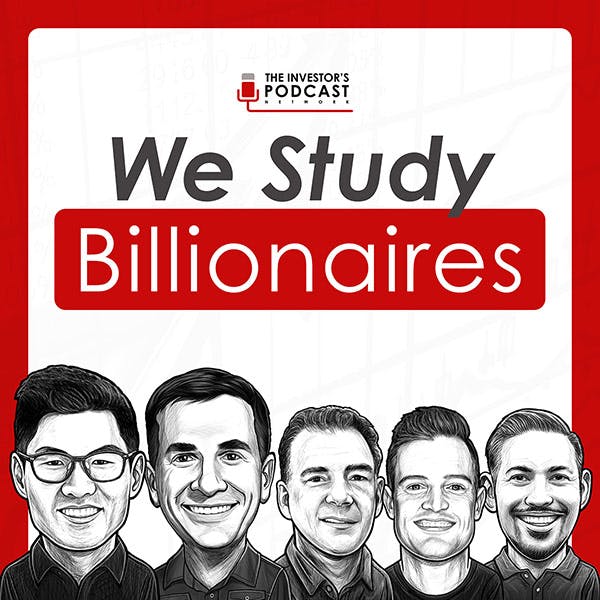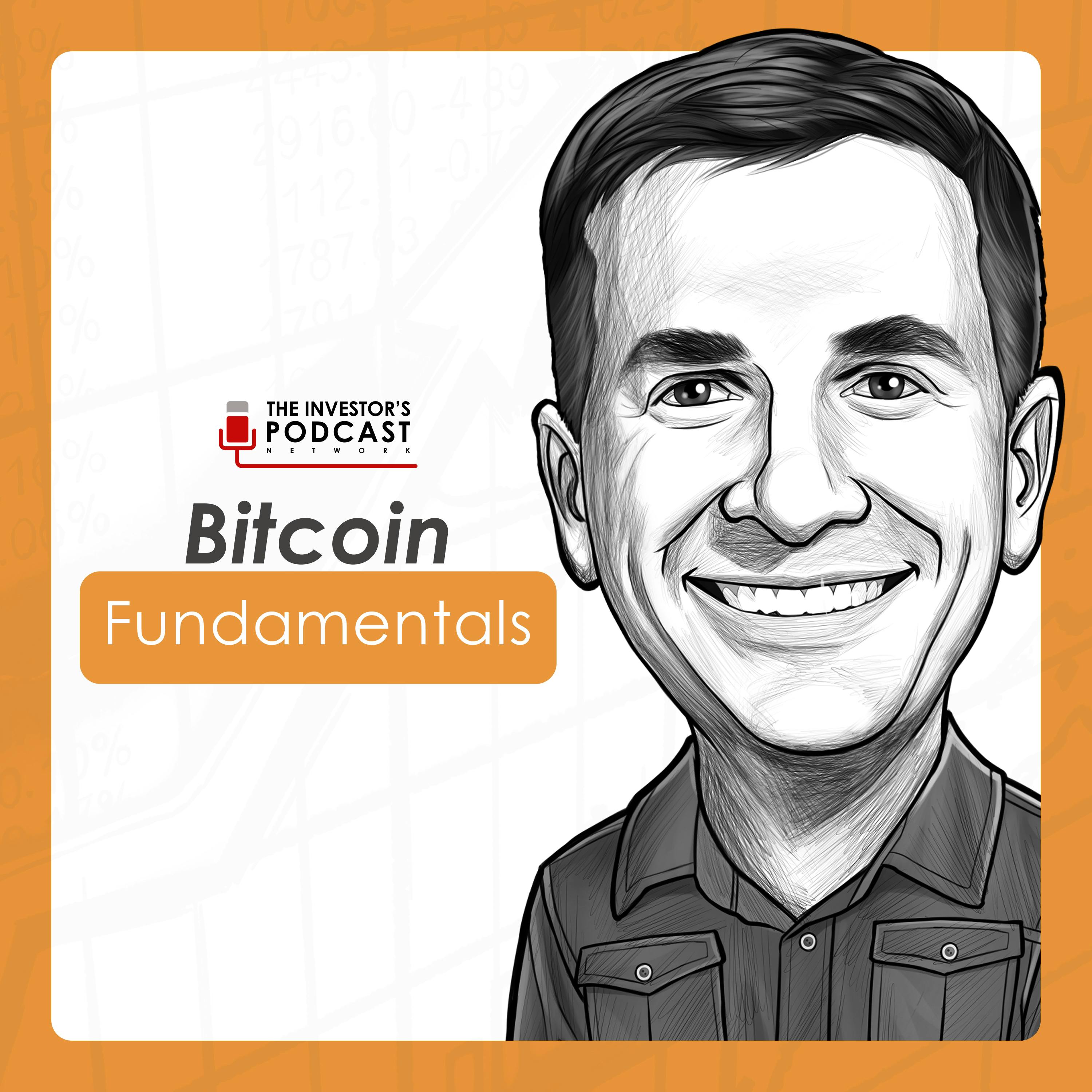
January 19, 2025 • 1hr 12min
TIP692: Reading the Signals: How To Identify Winning Investments w/ Andrew Martin
We Study Billionaires - The Investor’s Podcast Network

Key Takeaways
- Investment Philosophy: Andrew Martin focuses on finding inflection point businesses trading at attractive valuations, particularly in the small-cap space (under $1B market cap)
- Global Approach: Takes advantage of opportunities across different geographies when certain markets become expensive while others offer better value
- Technology Focus: Recognizes how technology is transforming traditional businesses and creating new opportunities, even in "low-tech" industries
- Performance: Has achieved 38% annual returns since 2019 vs 16% for the S&P 500
- Position Sizing: Typically holds 8-20 core positions with some smaller satellite positions
- Research Process: Uses physical cues (like "hair standing up") to identify promising opportunities, then conducts deep fundamental analysis
Introduction
Andrew Martin is the CEO of Fairlight Capital and has an impressive track record of outperforming the S&P 500. He holds a PhD in astrophysics from Oxford University and has applied his scientific background to develop a systematic investment approach. The discussion covers his investment philosophy, research process, and how he identifies opportunities across global markets.
Topics Discussed
Background and Investment Philosophy (03:31)
Andrew discusses how his background in theoretical physics and astrophysics has influenced his investment approach:
- Uses technical analysis and mathematical modeling skills developed during academic work
- Applies statistical analysis when evaluating investment opportunities
- Values numerical literacy when analyzing financial statements and business metrics
Physical Cues and Pattern Recognition (06:00)
Martin describes how he uses physical cues to identify promising investments:
- Gets a "hair tingling" sensation when discovering particularly compelling opportunities
- Cites example of EIP banks receiving government capital as triggering this response
- Similar reaction to McCoy Global, an oil drilling technology company that was overlooked by the market
Combating Investment Biases (11:02)
Discussion of how Martin manages various investment biases:
- Naturally contrarian mindset helps avoid herd mentality
- Works to avoid price movement bias by focusing on absolute levels rather than recent changes
- Maintains discipline through systematic analysis rather than emotional reactions
Market Dynamics and Inflection Points (17:11)
Martin explains his "earthquake" metaphor for market movements:
- Markets are generally static but can enter dynamic phases during inflection points
- Like tectonic plates, pressure builds until reaching a tipping point
- Looks for hidden fundamental shifts before they become widely recognized
- Seeks opportunities where positive changes have begun but aren't yet reflected in price
Portfolio Management and Position Sizing (33:27)
Details on how Martin structures his portfolio:
- Typically maintains 8-12 core positions with additional smaller positions
- Currently holds over 20 positions due to abundant opportunities
- Focuses on maintaining adequate position sizing relative to liquidity
- Considers technical aspects and sector exposure when building positions
Evolution as an Investor (39:00)
Martin describes his development as an investor:
- Started with more asset-based value investing approach
- Early success with Bank of America in 2011 shaped investment philosophy
- Evolved to focus more on earnings power and growth potential
- Now combines value and growth considerations in analysis
Global Investment Approach (51:35)
Discussion of investing across different geographies:
- Uses technology and AI translation tools to research international markets
- Focuses on markets with good governance and stable political situations
- Rotates capital between regions based on relative valuations
- Has found success in Asian markets despite cultural differences
Technology's Impact on Traditional Businesses (1:01:38)
Analysis of how technology is transforming various industries:
- Traditional businesses increasingly incorporating technological elements
- Accounting standards haven't kept pace with how tech creates value
- Makes adjustments to financial statements to better reflect R&D investments
- Recognizes importance of understanding tech even in "low-tech" industries
Conclusion
Andrew Martin's success stems from combining his scientific background with a disciplined investment approach focused on identifying inflection points in undervalued businesses. His global perspective and understanding of how technology is transforming traditional industries has helped him generate superior returns. Key to his approach is maintaining patience, avoiding behavioral biases, and focusing on businesses where positive fundamental changes are already occurring but not yet fully recognized by the market.
His systematic approach to analyzing opportunities across global markets, combined with a willingness to look beyond traditional geographical boundaries and sector definitions, has enabled him to find attractive investments even in seemingly expensive markets. The discussion provides valuable insights for investors looking to develop a more systematic and global approach to identifying investment opportunities.









